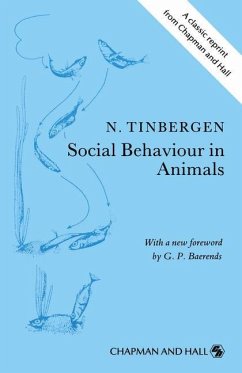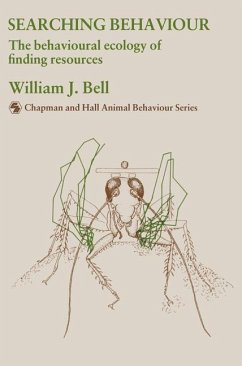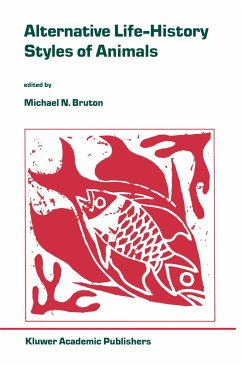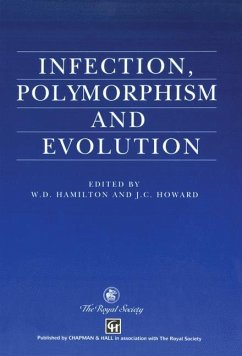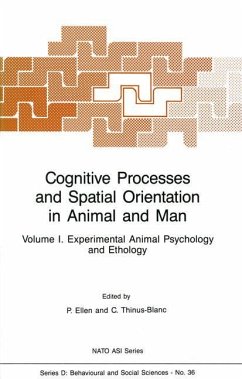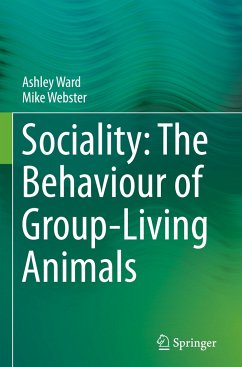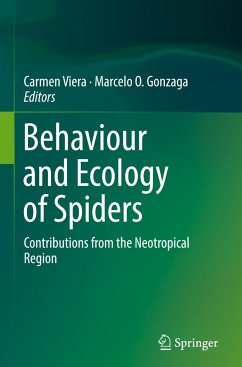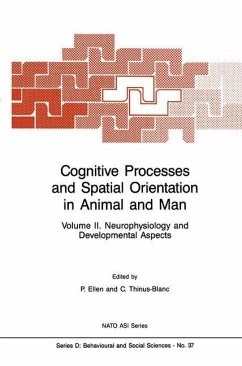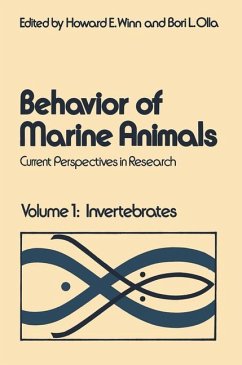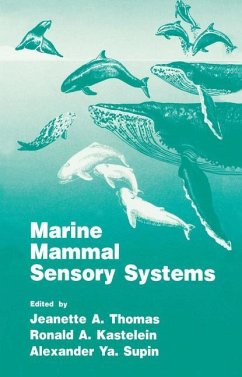
Heterotypical Behaviour in Man and Animals

PAYBACK Punkte
19 °P sammeln!
Etienne E. Baulieu_ The theme of this book, Heterotypical Behaviour in Man and Animals, should be of great interest to physiologists, endocrinolo gists, physicians, and workers in social sciences. Although Heterotypical Sexual Behaviour is a major theme, this volume attempts to display wide interest in reproductive medicine, general physiology, and behaviour in the two sexes. The editors explore the psycho-social dimension, not only of sexuality, but of eroticism which, as recalled by John Money, has its etymological root in the Greek word for love. Being an endocrinologist, who has studied ho...
Etienne E. Baulieu_ The theme of this book, Heterotypical Behaviour in Man and Animals, should be of great interest to physiologists, endocrinolo gists, physicians, and workers in social sciences. Although Heterotypical Sexual Behaviour is a major theme, this volume attempts to display wide interest in reproductive medicine, general physiology, and behaviour in the two sexes. The editors explore the psycho-social dimension, not only of sexuality, but of eroticism which, as recalled by John Money, has its etymological root in the Greek word for love. Being an endocrinologist, who has studied hormone function in terms of synthesis, metabolism, distribution and receptors of these messenger molecules, I would like to recall some data which are basic when considering the overall human machine. It is common knowledge that androgens and oestrogens are formed in both sexes, differences being observed only in concen trations and rhythms of secretion. In the brain of the two sexes, there appear to be the same enzymes which may transform androgens to oestrogens, a process which could explain some aspects of CNS differentiation and activity. Both males and females have androgen and oestrogen receptors, and neural! y these receptors appear to be present at the same order of magnitude and distributed according to the same pattern. There is even a similar distribution of receptors for progesterone, the hormone of pregnancy, in the brains of males and females. Therefore, several important pieces of the machinery transmitting sexual information _ Laureat of the 1989 Albert Lasker Clinical Medical Research Award.





